
Charm Quarks Offer Clues to Confinement
Tracking particles containing charm quarks offers insight into how quarks combine.

Tracking particles containing charm quarks offers insight into how quarks combine.
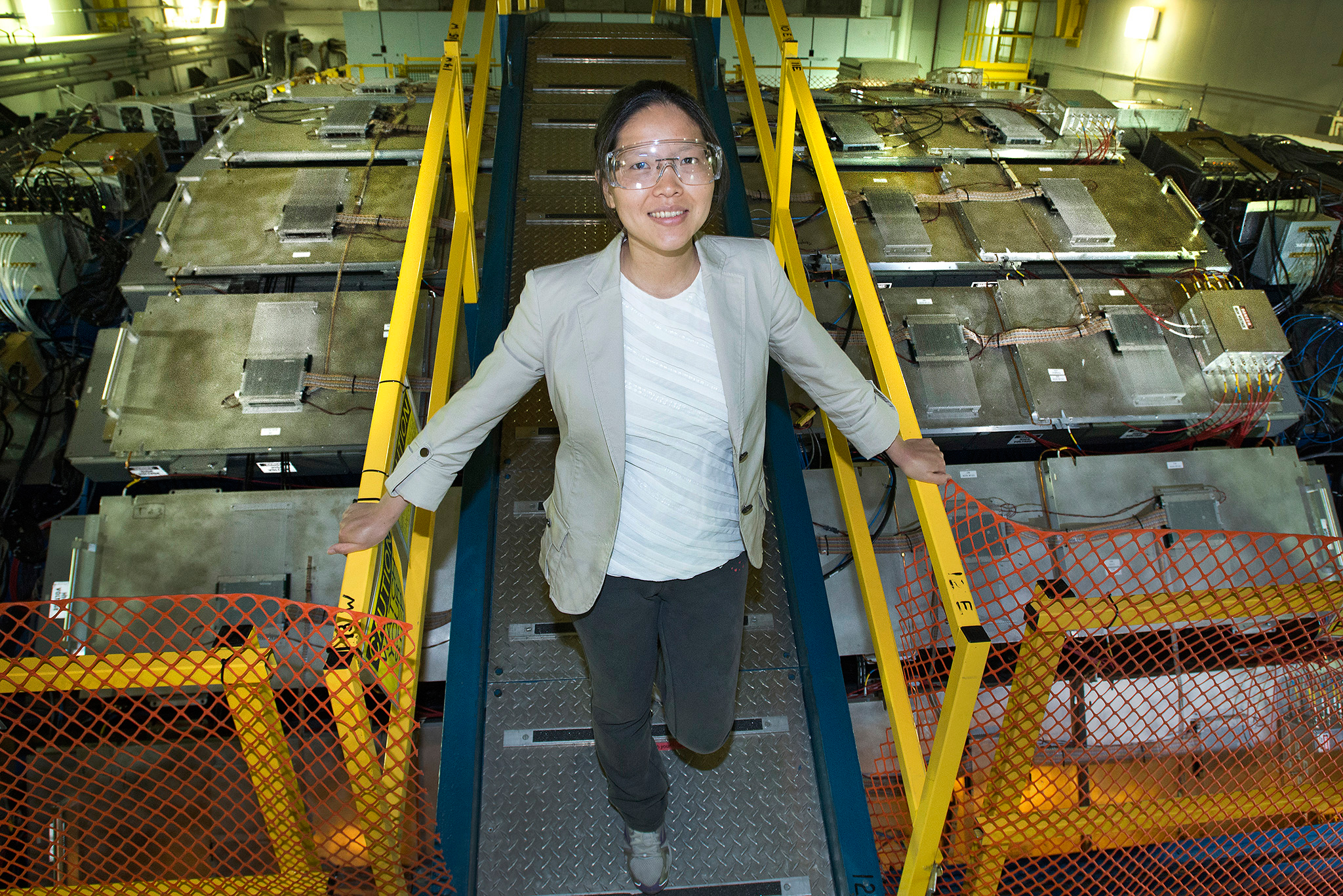
New measurements offer insights into binding interactions that glue fundamental building blocks of matter together.
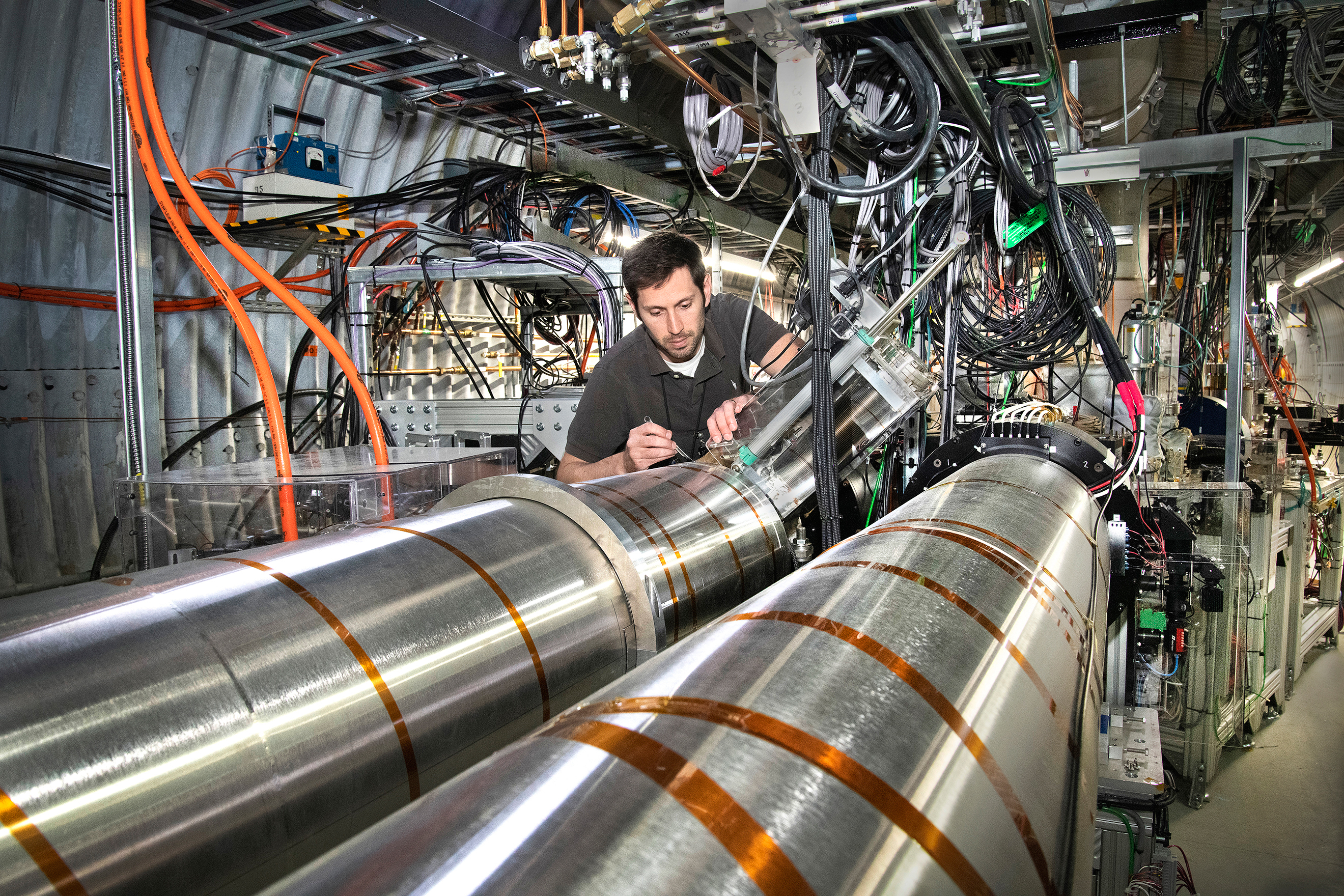
Team combines many innovative accelerator accomplishments to keep gold ions cold and advance nuclear physics research.
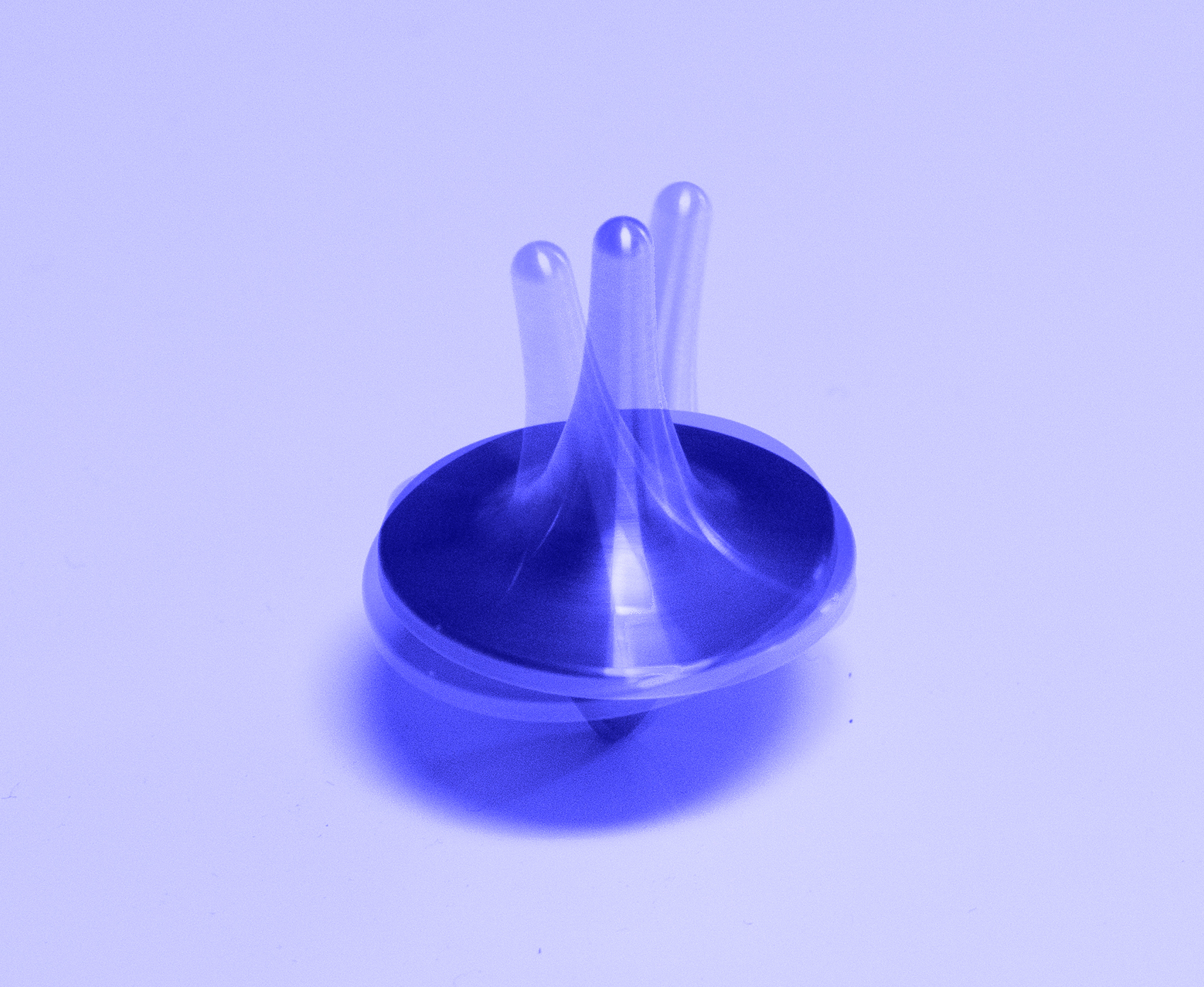
Diagnostic test will improve performance of collider as physicists explore sources of proton spin
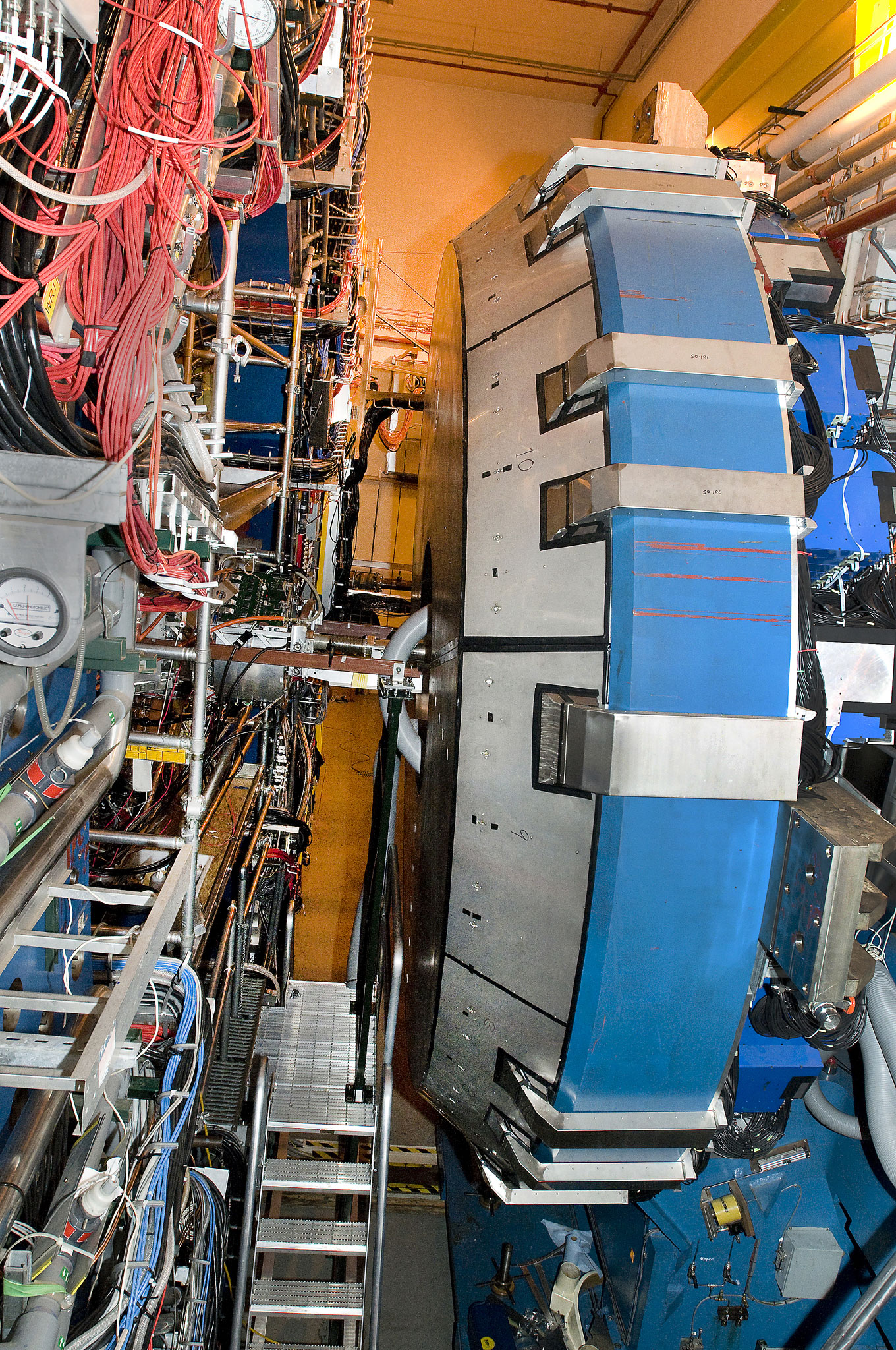
Low-momentum (wimpy) quarks and gluons contribute to proton spin, offering insights into protons’ behavior in all visible matter.
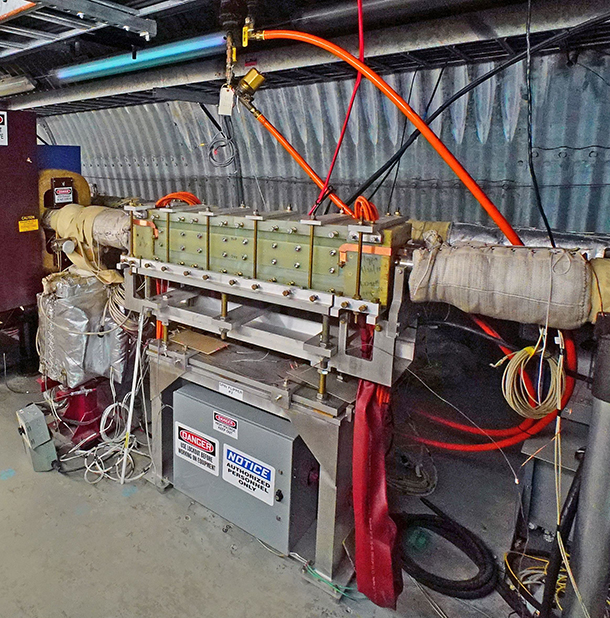
The spin direction of protons was reversed, for the first time, using a nine-magnet device, potentially helping tease out details about protons that affect medical imaging and more.
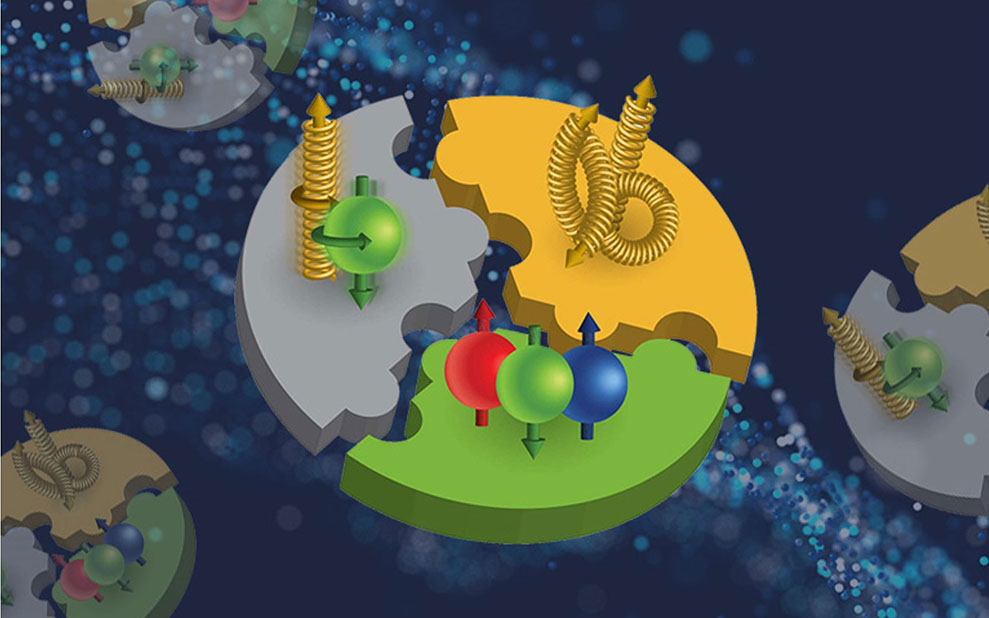
Antiquark spin contribution to proton spin depends on flavor, which could help unlock secrets about the nuclear structure of atoms that make up nearly all visible matter in our universe.

First direct measurement show how heavy particles containing a charm quark get caught up in the flow of early universe particle soup.
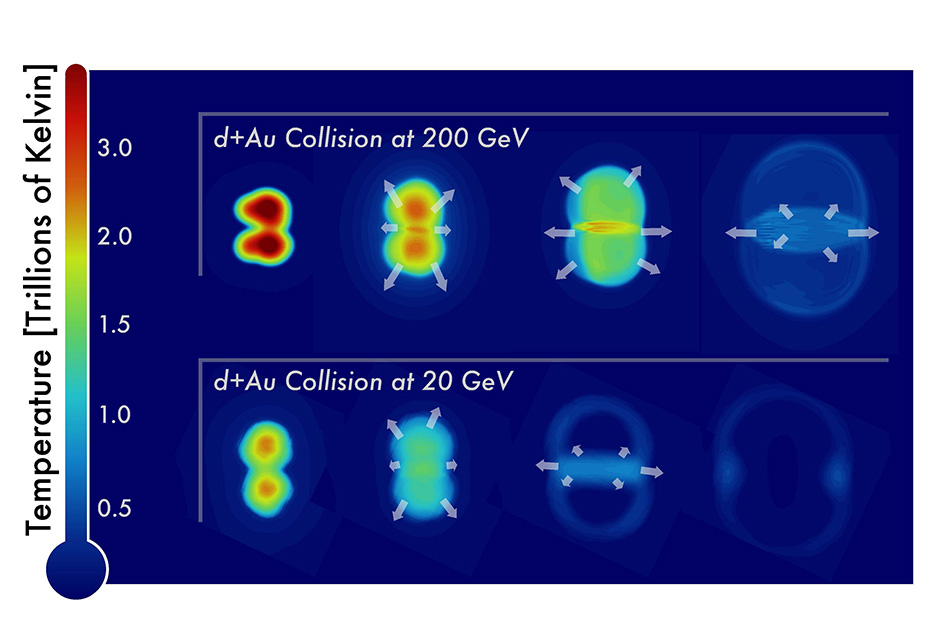
Particle flow patterns suggest even small-scale collisions create drops of early universe quark-gluon plasma.
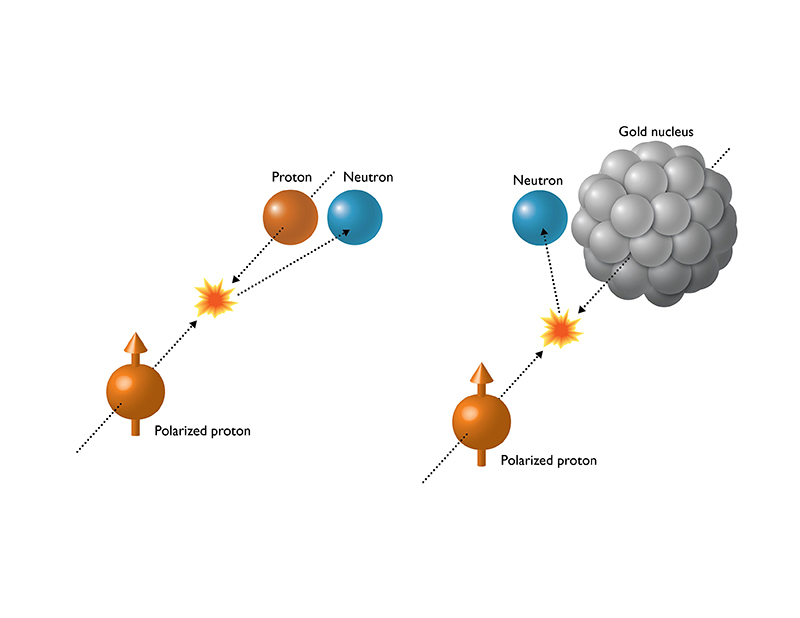
The size of a nucleus appears to influence the direction of certain particles emitted from collisions with spinning protons.
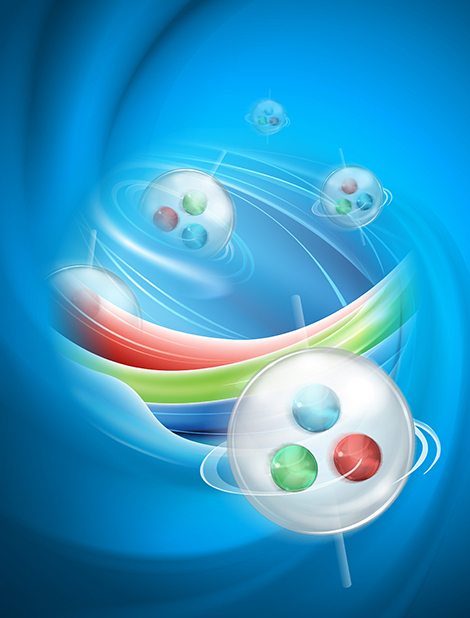
Swirling soup of matter’s fundamental building blocks spins ten billion trillion times faster than the most powerful tornado, setting new record for “vorticity.”
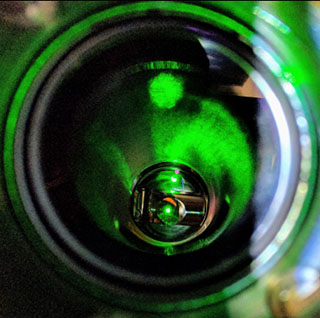
A new high-power green-light laser generates beam-cooling electrons at the Relativistic Heavy Ion Collider.